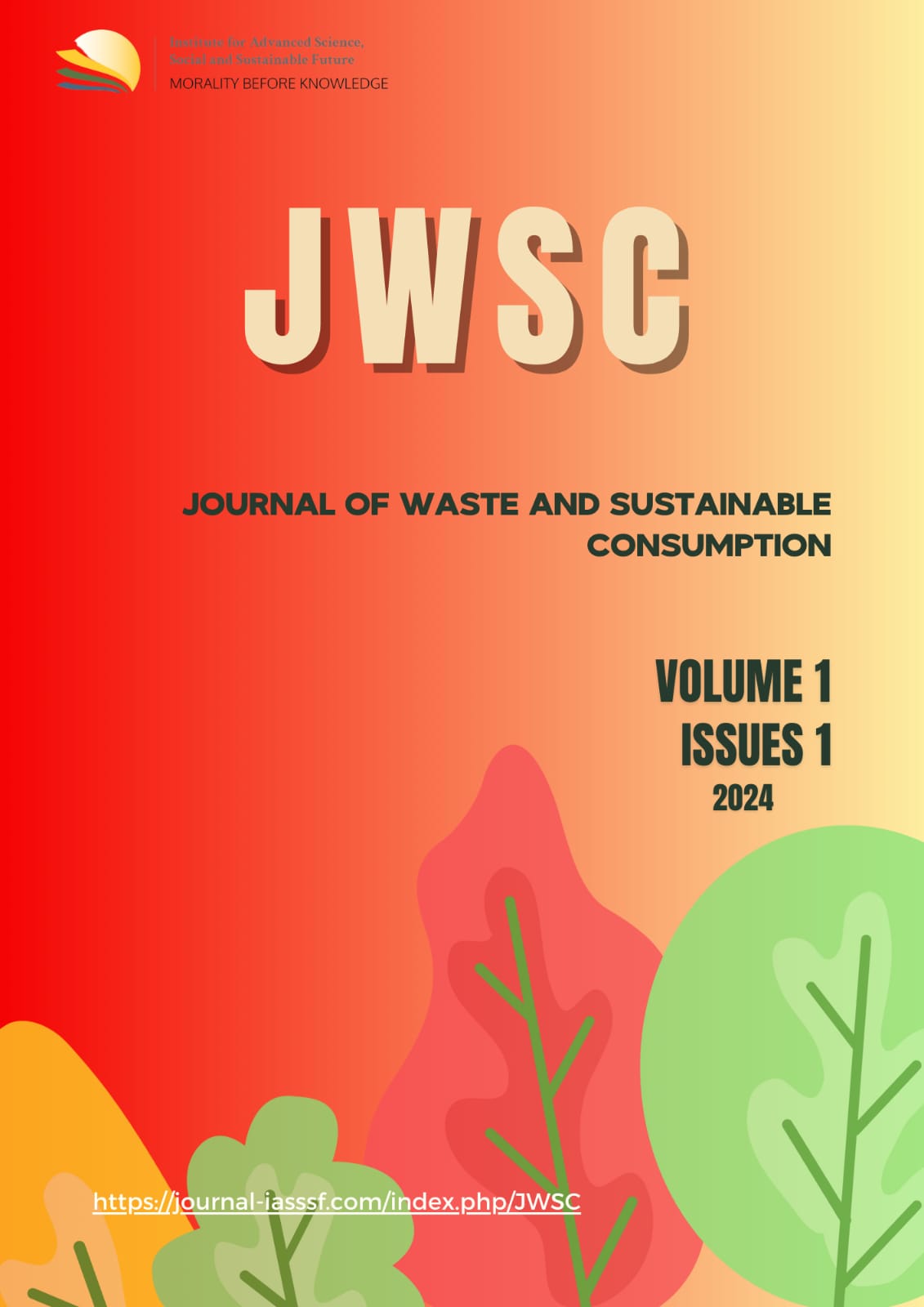Understanding the global e-waste crisis
DOI:
https://doi.org/10.61511/jwsc.v1i1.2024.667Keywords:
environmental sustainability; e-waste management; technological obsolescence.Abstract
Background: The escalation of the global e-waste crisis presents profound environmental and public health concerns stemming from the inadequate management of discarded electrical and electronic devices. Methods: This paper provides an in-depth examination of the causative factors, ramifications, and potential remedial measures associated with this burgeoning issue. Findings: It delineates the impacts of rapid technological advancements, planned obsolescence strategies, and the dearth of public awareness on the exponential growth of e-waste. Furthermore, the paper elucidates solutions such as heightened public awareness campaigns, the implementation of remanufacturing protocols, and the enactment of regulatory frameworks mandating responsible disposal practices. Conclusiom: Emphasizing the imperative for enhanced e-waste management strategies, the paper advocates for concerted efforts across governmental, corporate, and societal domains to mitigate the adverse repercussions on both environmental sustainability and human well-being. Through rigorous interdisciplinary collaboration and proactive intervention, effective strategies can be formulated to alleviate the e-waste crisis and fortify global environmental resilience.
References
Astuti, W. (2013). Dampak Kandungan Logam Berat Dalam Sampah Elektronik (E Waste) Terhadap Kesehatan Dan Lingkungan. Dinamika Sains, 11(25).Lund, R. (1984). Remanufacturing. Technology Review, 19-29. http://jurnal.unpand.ac.id/index.php/dinsain/article/viewFile/145/142
Babaian, Sharon (1998). The Most Benevolent Machine: A Historical Assessment of Cycles in Canada. Ottawa: National Museum of Science and Technology. https://publications.gc.ca/collections/collection_2018/mstc-cstm/NM97-2-8-eng.pdf
King, A. M., Burgess, S. C., Ijomah, W., & McMahon, C. A. (2006). Reducing waste: repair, recondition, remanufacture or recycle?. Sustainable development, 14(4), 257-267. https://pureportal.strath.ac.uk/files/55524047/King_etal_SD2006_Reducing_waste_repair_recondition_remanufacture_or_recycle.pdf
Taylor, P. (2023). Forecast number of mobile users worldwide 2020-2025. https://www.statista.com/statistics/218984/number-of-global-mobile-users-since-2010/
Wasista, I. P. U. (2020, March). ISU KEUSANGAN TERENCANA DAN SAMPAH ELEKTRONIK DALAM REVOLUSI INDUSTRI 4.0. In SENADA (Seminar Nasional Manajemen, Desain dan Aplikasi Bisnis Teknologi) (Vol. 3, pp. 361-368). https://eprosiding.idbbali.ac.id/index.php/senada/article/view/273/225
Downloads
Published
Issue
Section
Citation Check
License
Copyright (c) 2024 Journal of Waste and Sustainable Consumption

This work is licensed under a Creative Commons Attribution 4.0 International License.













